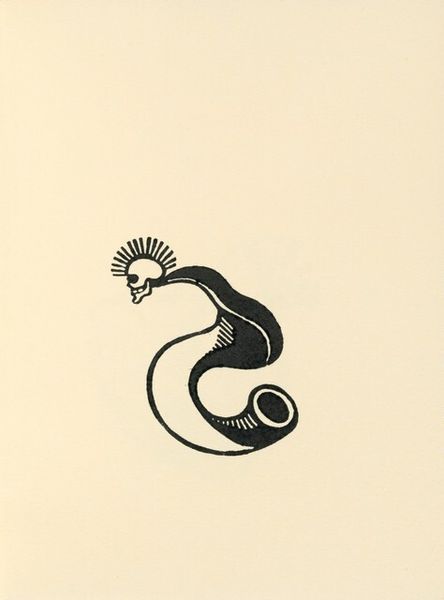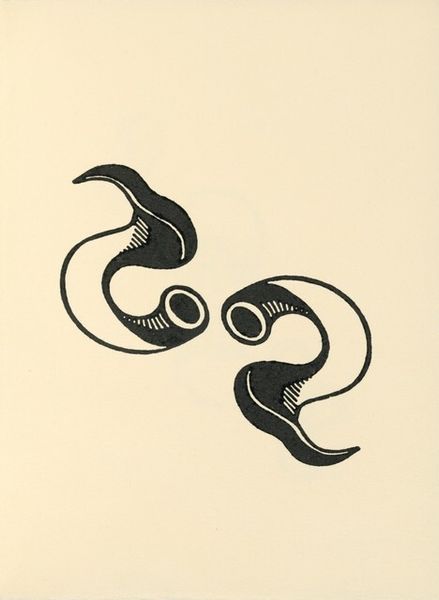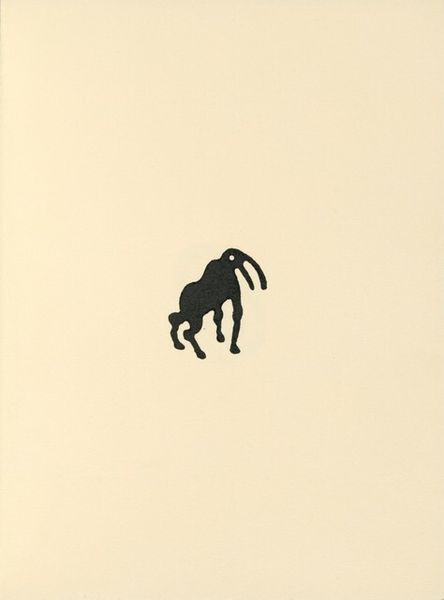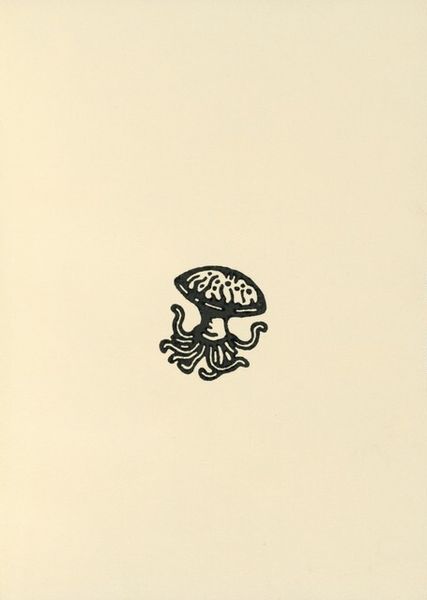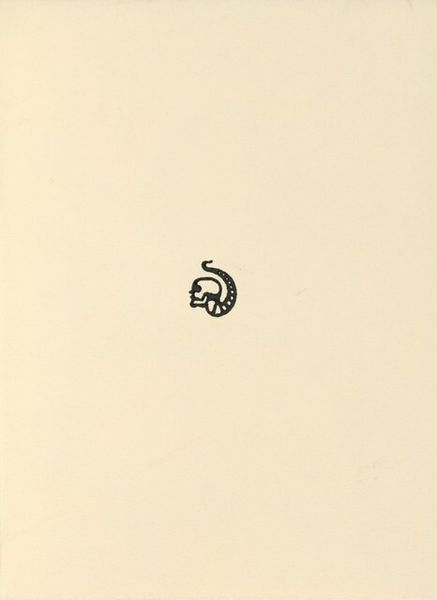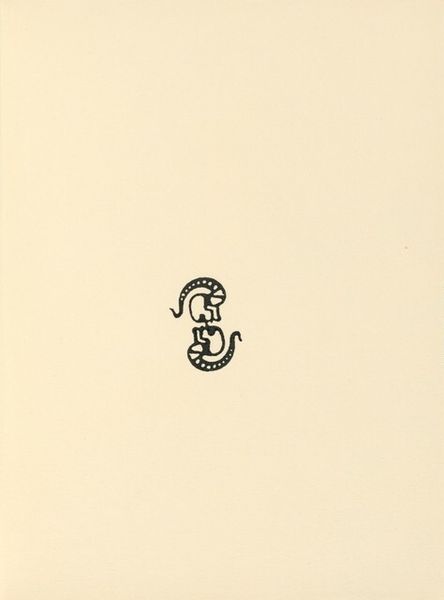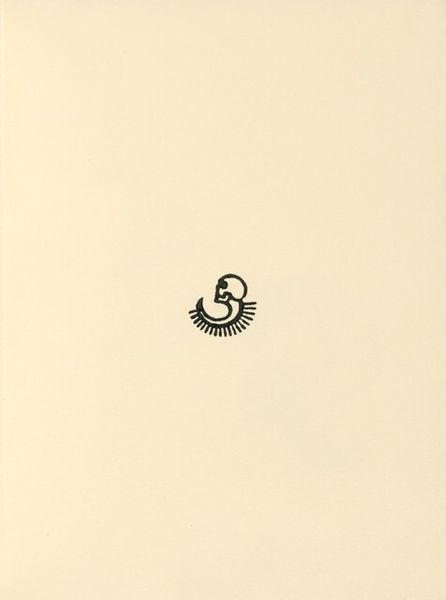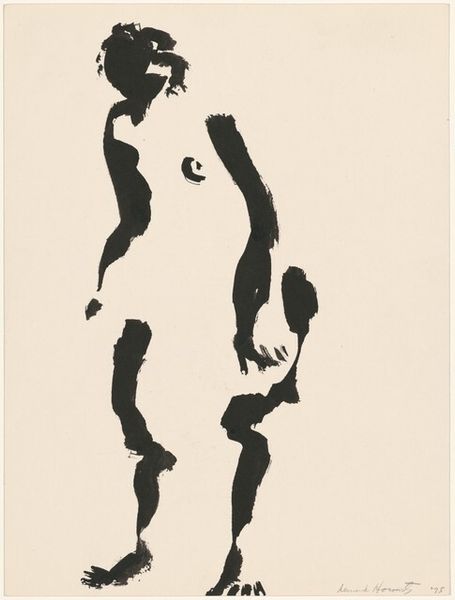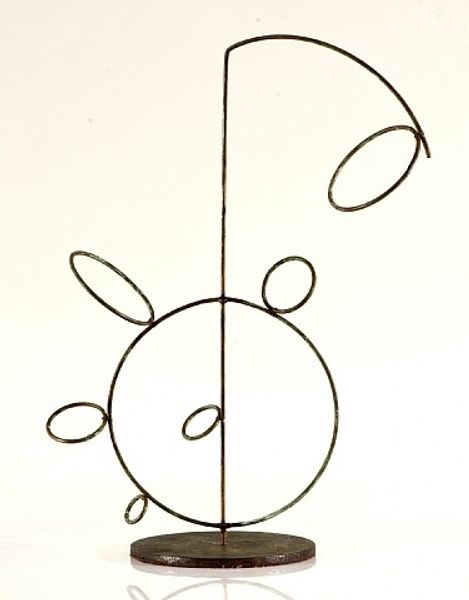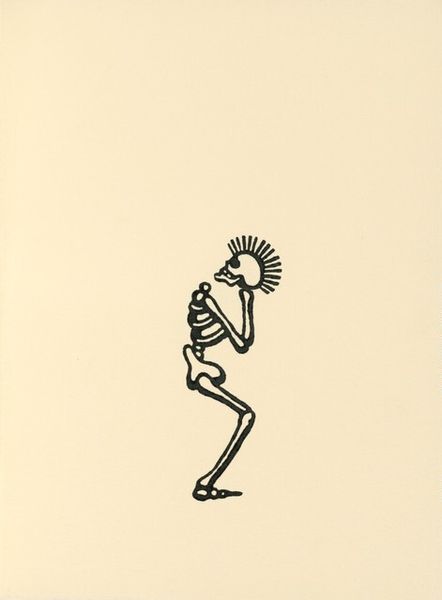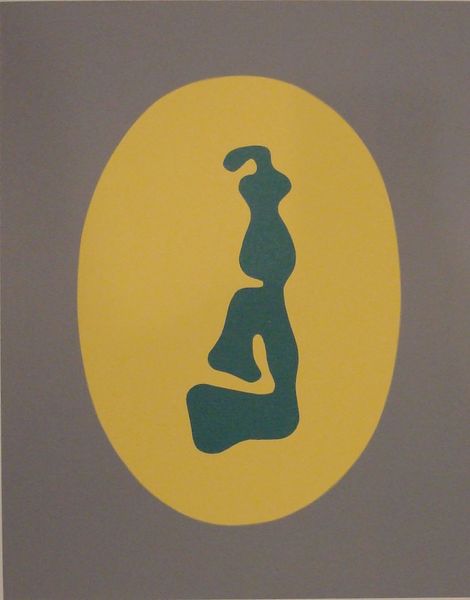![Untitled ["tattoo" book] by James McCracken Jr.](/_next/image?url=https%3A%2F%2Fd2w8kbdekdi1gv.cloudfront.net%2FeyJidWNrZXQiOiAiYXJ0ZXJhLWltYWdlcy1idWNrZXQiLCAia2V5IjogImFydHdvcmtzLzk0MjIyZTM3LTY5YmUtNGU3MS1hYTdiLTc1YzMwNzA5MmFiMy85NDIyMmUzNy02OWJlLTRlNzEtYWE3Yi03NWMzMDcwOTJhYjNfZnVsbC5qcGciLCAiZWRpdHMiOiB7InJlc2l6ZSI6IHsid2lkdGgiOiAxOTIwLCAiaGVpZ2h0IjogMTkyMCwgImZpdCI6ICJpbnNpZGUifX19&w=1080&q=75)
Dimensions: overall (closed): 17.1 × 13 × 1.5 cm (6 3/4 × 5 1/8 × 9/16 in.) sheet (each approx.): 16.4 × 12.6 cm (6 7/16 × 4 15/16 in.)
Copyright: National Gallery of Art: CC0 1.0
Curator: Looking at this work by James McCracken Jr., specifically the untitled ink drawing from 1971, dubbed "tattoo book," the first thing that strikes me is how playfully ambiguous it is. Editor: Ambiguous is right. There's a stark elegance to it, but it feels unsettling. It's raw, primal even. Is that ink on paper, then? The process seems incredibly immediate, which speaks volumes. Curator: Absolutely. We see the directness of the hand – no frills, just ink applied to the page. The form reminds one of calligraphy, doesn't it? Yet deconstructed, repurposed. The application is interesting to unpack in relation to artistic creation during this era of art. This piece invites you to think about the relationship between craft and "high art", who had the opportunity to develop work like this and what spaces facilitated those actions. Editor: I am interested by the material impact. Paper has always been so entwined with power – think of documents, treaties, agreements. Here, it’s a medium for something almost rebellious. Consider the implications: McCracken using such an everyday medium, traditionally used for record-keeping and bureaucracy, to explore freehand art is rather significant, I would argue. Curator: Yes, and it's a critical comment. One cannot separate it from the rise of street art at the time either, I don’t believe. Think about where this "tattoo book" existed: the socio-political issues involved, who had access to see the work or to create the work, why he choose to use the name Tattoo to refer to the work, these components add further texture to my interpretation. Editor: Interesting point about it existing almost as if to reflect these shifts from more commercial form to gallery works in many respects. So this then feels almost a documentation in its rawness? We have also been looking at street artworks that engage directly with institutional critique that shift boundaries on consumption and high and low culture Curator: Absolutely, so the context shifts, meaning and power, always interesting to follow along! It will be captivating to look at visitor engagement over the years as their own worlds inform perception of this drawing and McCracken as a creator. Editor: Precisely. It all comes down to constantly re-evaluating art within its ever-evolving historical framework, no? Thank you for walking me through.
Comments
No comments
Be the first to comment and join the conversation on the ultimate creative platform.


